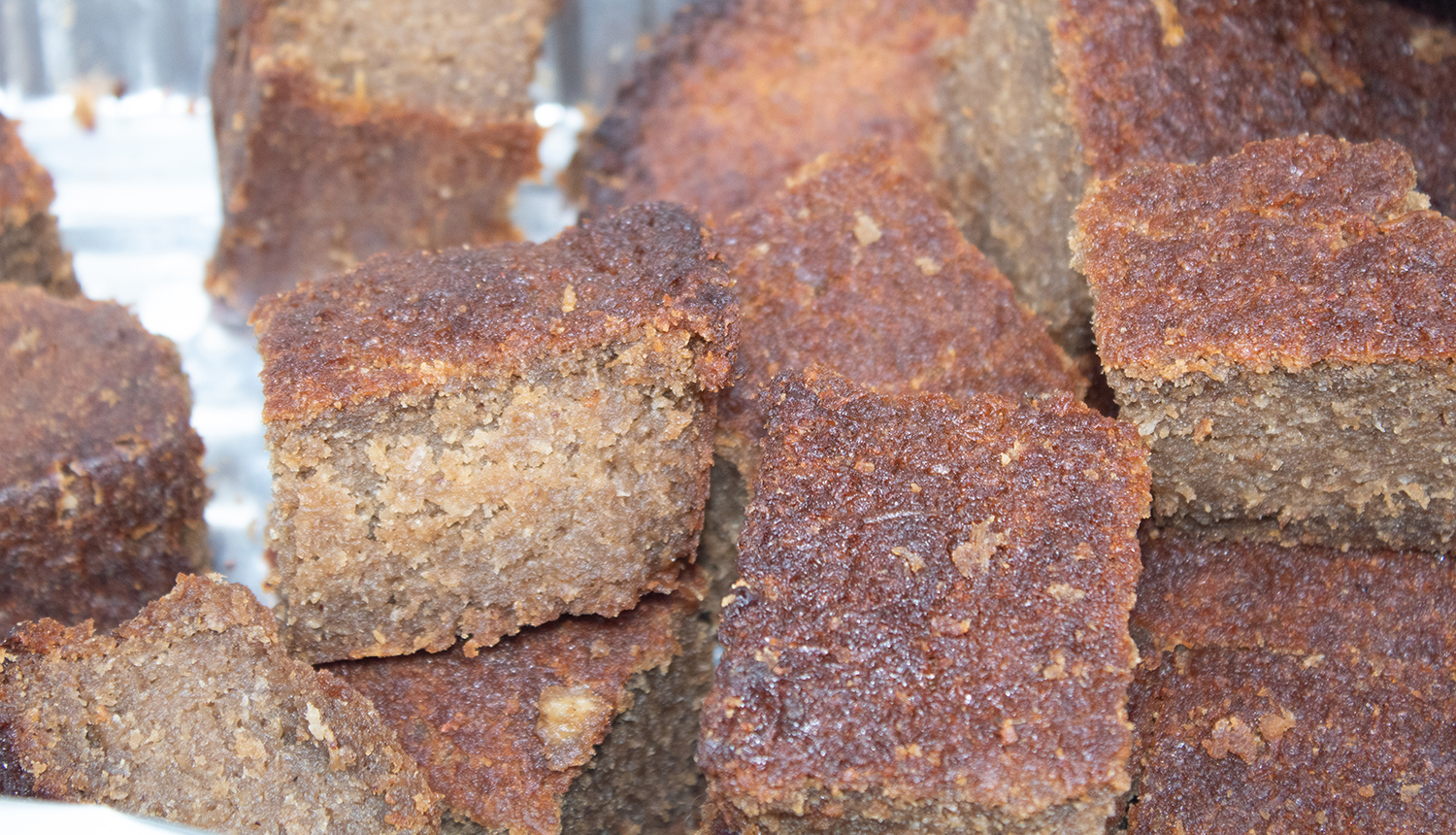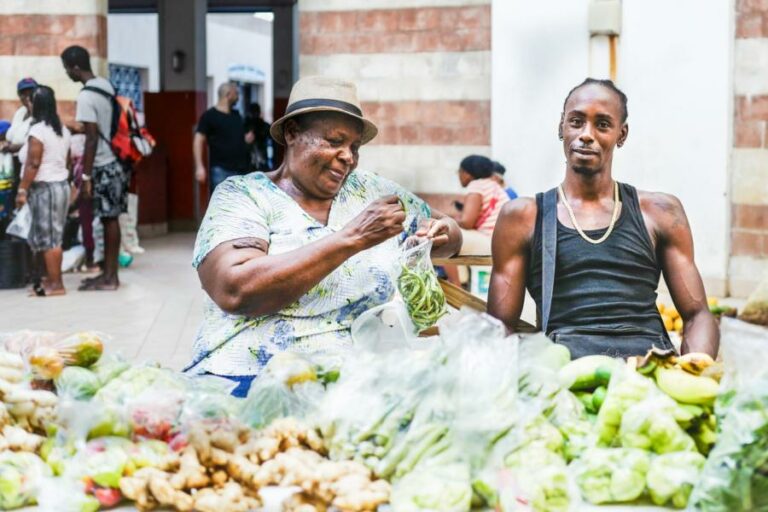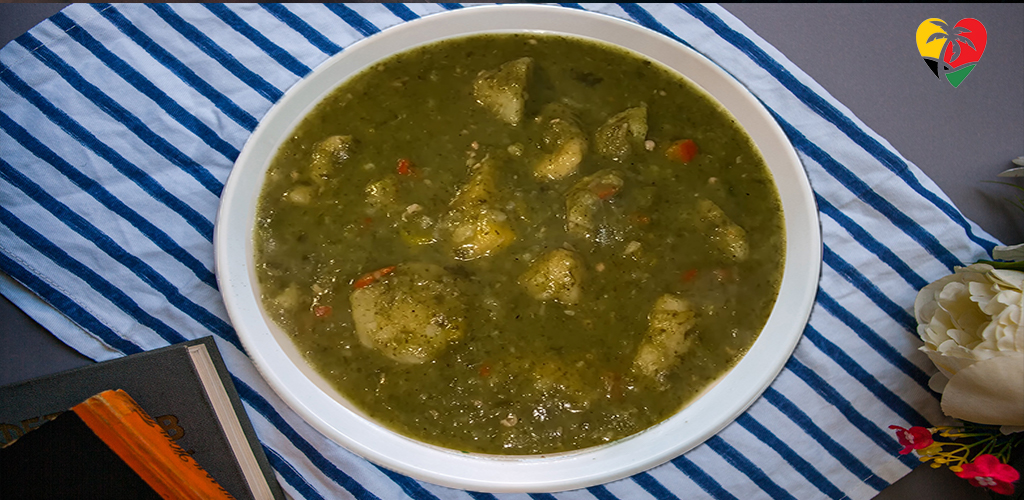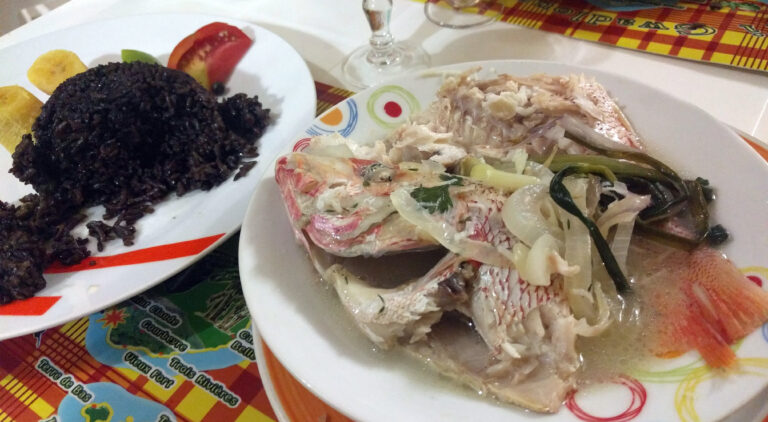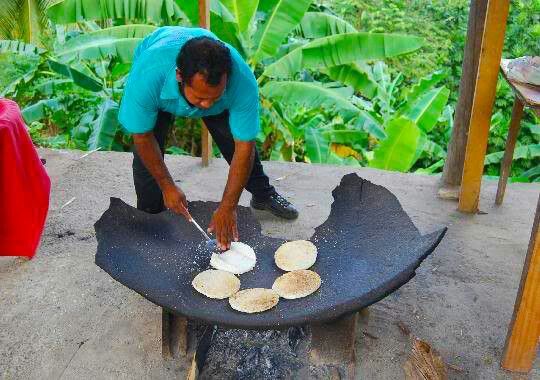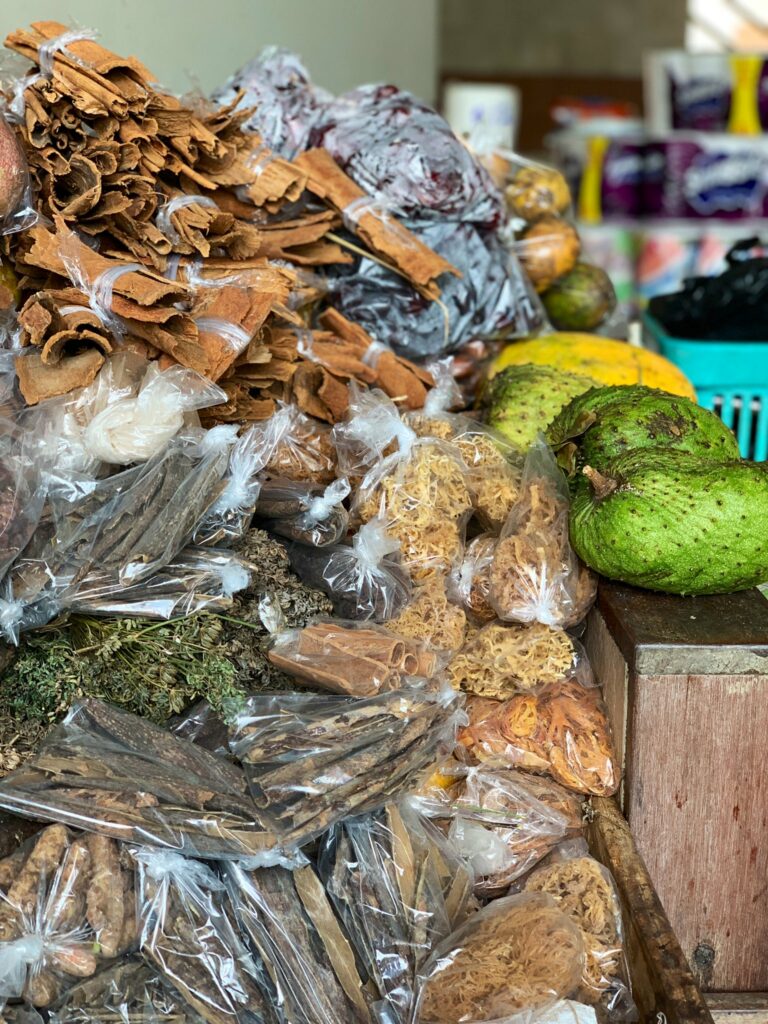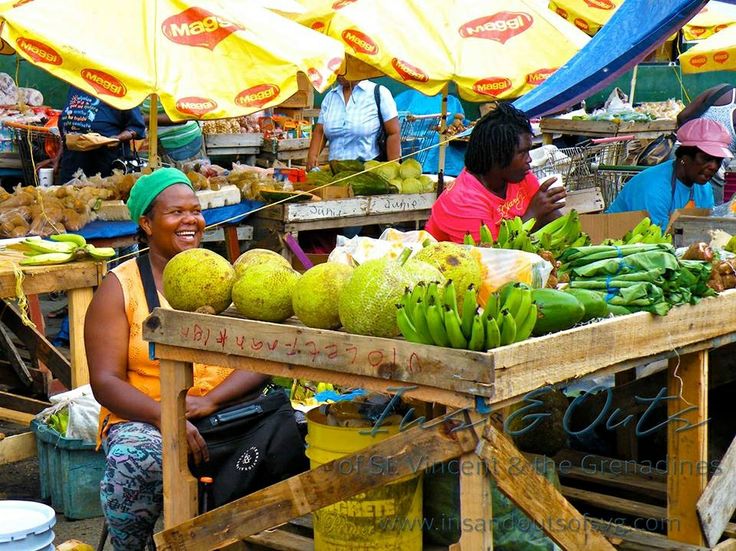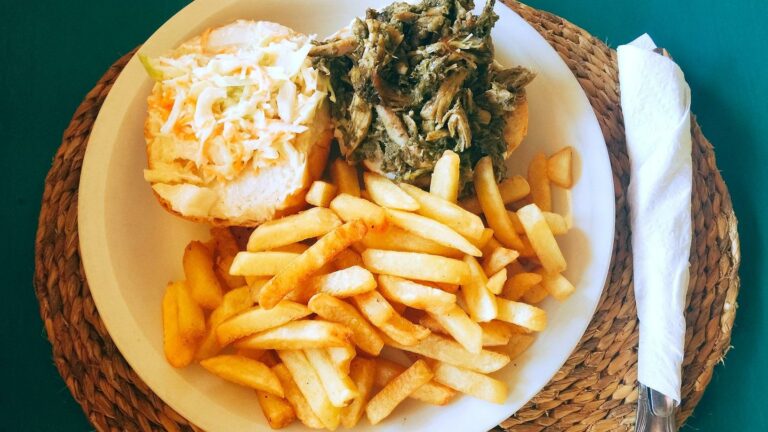Introduction: Exploring the Traditional Snacks of Saint Vincent and the Grenadines
Saint Vincent and the Grenadines is a small island nation in the Caribbean, known for its stunning beaches, lush rainforests, and vibrant culture. One aspect of this culture that is often overlooked is the country’s traditional snacks. These snacks are a reflection of the island’s diverse history and culinary traditions, combining African, European, and indigenous influences into unique and flavorful treats.
In this article, we will explore some of the most popular traditional snacks from Saint Vincent and the Grenadines, from the staple cassava bread to the sweet and indulgent sugar cake. Whether you are a traveler looking to sample the local cuisine or simply a food enthusiast interested in trying something new, these snacks are sure to delight your taste buds and offer a glimpse into the rich culture of this beautiful country.
Cassava Bread: A Staple Snack in Saint Vincent and the Grenadines
Cassava bread is a staple snack in Saint Vincent and the Grenadines, made from the starchy root vegetable known as cassava. The cassava is grated, mixed with water to form a dough, and then cooked on a hot griddle until it is crispy and golden brown. The resulting bread is dense and chewy, with a slightly nutty flavor that pairs well with savory toppings like cheese or butter.
Cassava bread is a popular snack throughout the Caribbean, but it is particularly beloved in Saint Vincent and the Grenadines. It is often eaten as a side dish with meals or as a quick and satisfying snack on its own. In addition to its delicious flavor, cassava bread is also a good source of fiber and other essential nutrients, making it a nutritious and filling option for those on the go.
Fried Jackfish: A Delicious and Nutritious Snack Option
Fried jackfish is another popular snack in Saint Vincent and the Grenadines, particularly in the coastal regions where fishing is a major industry. This snack consists of small pieces of jackfish that are seasoned with herbs and spices, then fried until they are crispy and golden brown.
Fried jackfish is not only delicious, but also a healthy snack option. Jackfish is a rich source of protein and omega-3 fatty acids, which are essential for maintaining heart health and brain function. It is also low in fat and calories, making it a great choice for those who are watching their weight.
Coconut Drops: A Sweet Treat Made with Local Ingredients
Coconut drops are a sweet and indulgent snack made with local ingredients like grated coconut, brown sugar, and ginger. The ingredients are mixed together and formed into small, bite-sized pieces, which are then baked until they are golden brown and crispy.
Coconut drops are a popular snack throughout the Caribbean, but they are especially beloved in Saint Vincent and the Grenadines. They are often sold in local markets and street vendors, and make a great gift or souvenir for visitors to the island. In addition to their delicious flavor, coconut drops are also a good source of fiber and healthy fats, making them a nutritious snack option.
Tannia Cakes: A Unique and Flavorful Snack
Tannia cakes are a unique and flavorful snack made from the root vegetable known as tannia. The tannia is grated, mixed with herbs and spices, and then formed into small cakes that are fried until they are crispy and golden brown.
Tannia cakes are a popular snack in Saint Vincent and the Grenadines, particularly in the rural areas where tannia is grown. They have a slightly nutty flavor and a crispy texture that makes them a satisfying snack on their own or with a dip like salsa or guacamole. In addition to their delicious taste, tannia cakes are also a good source of fiber and other essential nutrients, making them a healthy and filling snack option.
Sugar Cake: A Classic Confectionery from Saint Vincent and the Grenadines
Sugar cake is a classic confectionery from Saint Vincent and the Grenadines, made from coconut, brown sugar, and spices like nutmeg and cinnamon. The ingredients are cooked together to form a thick, sticky mixture, which is then formed into small, bite-sized pieces and allowed to cool.
Sugar cake is a sweet and indulgent treat that is often served at special occasions like weddings, birthdays, and holidays. It has a rich, caramel-like flavor and a chewy texture that makes it a favorite among locals and visitors alike. In addition to its delicious taste, sugar cake is also a good source of energy, making it a great snack for those who need a quick pick-me-up.

